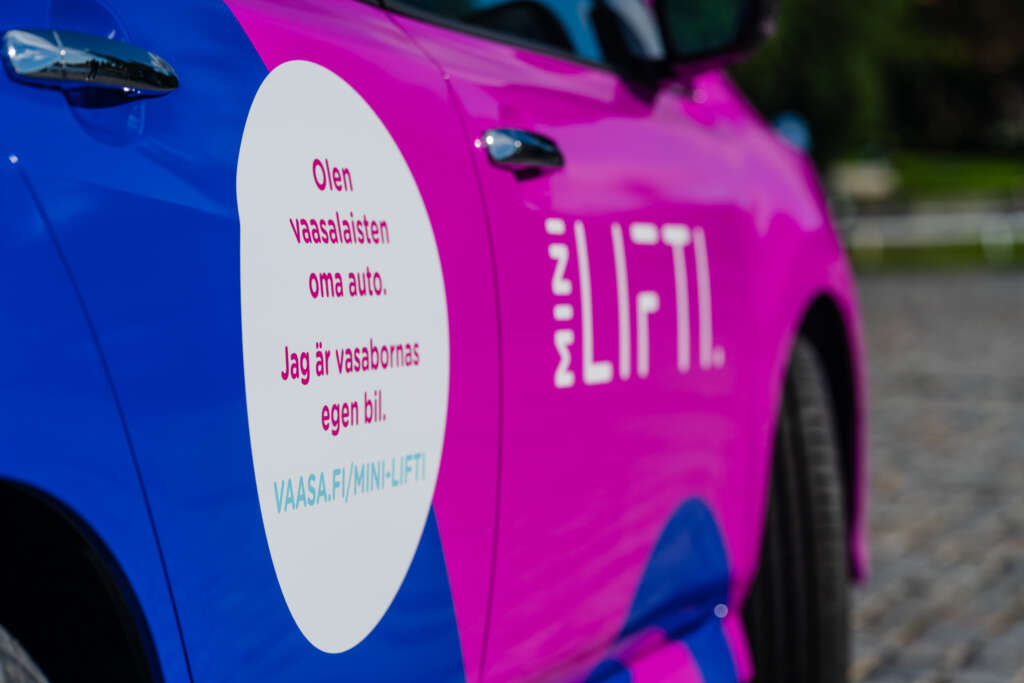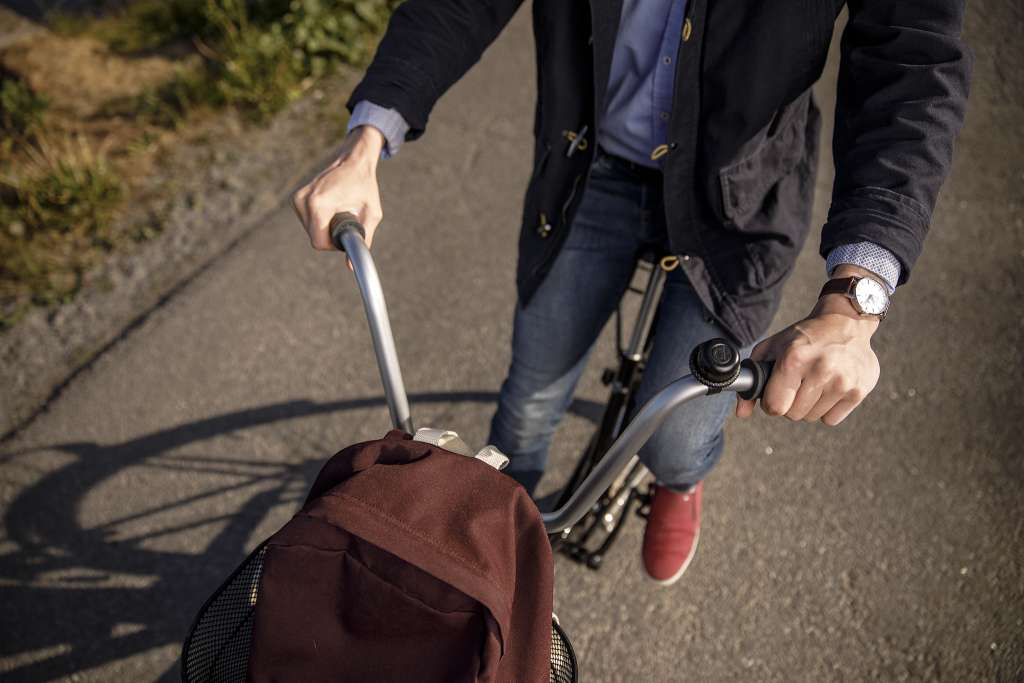Public procurement
Public procurement presents significant opportunities to reduce greenhouse gas emissions and resource use in the public sector. Towns and cities can reduce the climate impact of their procurement by considering the greenhouse gas emissions associated with products and services. The City of Vaasa can support low-carbon and circular economy solutions by leveraging its purchasing power to acquire goods, services, and contracts with a lower environmental and climate impact.
Environmental criteria in procurement have evolved in recent years, shifting from general terms and conditions to procurement-specific terms and conditions. In terms of general conditions, the City of Vaasa has applied, for example, the ISO 14001 environmental certification and, for transport services, emission class requirements. ISO 14001 is an international environmental management standard that sets requirements for an organisation’s environmental management system. It aims to help organisations improve their environmental performance in a systematic and consistent manner.
Learn more about the city’s procurement and how environmental and climate issues have been addressed below.
Services
Car sharing
On 1 July 2024, the City of Vaasa updated the Mini-Lifti shared cars. The city’s shared cars run on carbon neutral electricity, and the new models have a longer range, enhancing their use potential. Shared cars reduce the need for private vehicles, as well as traffic congestion, emissions, and noise. Currently, the city has three shared cars available for use by city employees during office hours, with reservations open to anyone outside office hours. In the summer, the cars are available for hire by everyone, even during office hours.
Omago manages the Mini-Lifti vehicles, including their service and maintenance, cleaning, insurance, and the booking application. You can reserve the cars and unlock their doors using the mobile application. Learn more about the rental and user instructions on the Omago website.
Impact: Reduction in C02 emissions.
Emission class requirements for machinery and vehicles in procurement
The following emission class requirements have been taken into account in procurement: minimum EURO V and Stage III B. Additionally, for road graders, the year of manufacture must be 1989 or later, and for suction road sweepers, it must be 2003 or later. The grouping and classification of machinery is based on the current classifications of earth-moving machinery published in the joint online publication by INFRA ry and Koneyrittäjät ry (in Finnish).
These requirements will significantly reduce emissions of nitrogen oxides, hydrocarbons, carbon monoxide, and particulate matter, thereby improving air quality. Newer and more energy-efficient machines consume less fuel, which in turn reduces carbon dioxide emissions. Commissioning requirements will ensure the use of more modern and less polluting equipment, and adherence to the latest environmental standards will support the achievement of carbon neutrality targets.
Impact: Reduction in emissions.
Waste transport to Stormossen
The minimum procurement requirement was EURO 6 emission class, and the use of renewable diesel for diesel vehicles, and biogas for gas-powered vehicles. According to Technical Research Centre of Finland VTT’s measurements, EURO 6 vehicles emit significantly less nitrogen oxide and particulate matter compared with previous emission classes. Therefore, meeting this emission classification will help reduce emissions and promote the use of cleaner fuels.
Impact: Reduction in emissions.
Bicycle benefit for city employees
Offering a bicycle benefit to city employees supports the City of Vaasa’s strategic goal of carbon neutrality and enhances employee well-being. The benefit encourages employees to be more active and may also positively impact the attraction and retention of employees. The bicycle benefit was procured through competitive tendering as a service from a company specialising in its management. Some 10% of city employees have taken advantage of the bicycle benefit.
Impact: Reduction in C02 emissions.
The Cycling Alliance
Roughly 80% of Vaasa residents live within cycling distance (less than 5 km) of the city centre. The Cycling Alliance supports the city’s goal of achieving carbon neutrality by the end of the decade by increasing the modal share of cycling and thereby reducing carbon emissions from mobility.
Impact: Reduction in C02 emissions.
Carbon neutral electricity
The City of Vaasa transitioned to the procurement carbon neutral electricity on 1 January 2023. Vaasa’s Premises Management Office monitors electricity price developments and will review the situation if the price difference between green electricity and CO2-neutral electricity changes significantly.
Impact: Reduction in C02 emissions.
Biogas buses for public transport in the Vaasa region
Vaasa has been a consistent pioneer in the adoption of green biogas-powered public transport. A joint regional public transport service for the City of Vaasa and the Municipality of Mustasaari, Lifti, was launched on 1 July 2022. Lifti buses run on biogas produced at Stormossen. Biogas is a renewable fuel that produces 85–90% fewer environmentally harmful emissions than petrol or diesel. It is also a circular economy product, as it is made from biowaste and sewage sludge.
Impact: Reducing emissions and promoting the circular economy.
Goods
Fresh fruit, vegetables, and potatoes
Qualitative scoring considers the tenderer’s ability to deliver products in batches, as specified by the client. This helps control batch sizes to reduce wastage.
Impact: Reduction in food waste.
Multifunctional devices
The city adopted a new multifunctional device contract in May 2022, with the aim of saving energy, improving workplace well-being, and increasing cost-effectiveness. The new devices feature motion detection, automatically turning on when a user approaches and switching off when not in use. In addition, the new devices support remote printing, allowing users to collect their printouts at their convenience.
Impact: Savings in energy.





